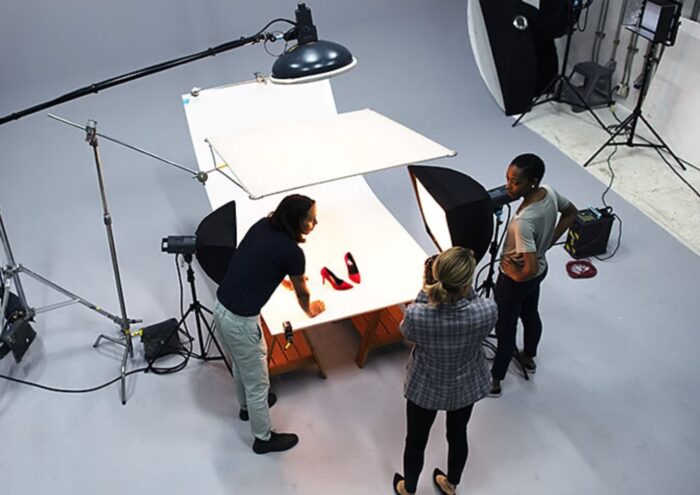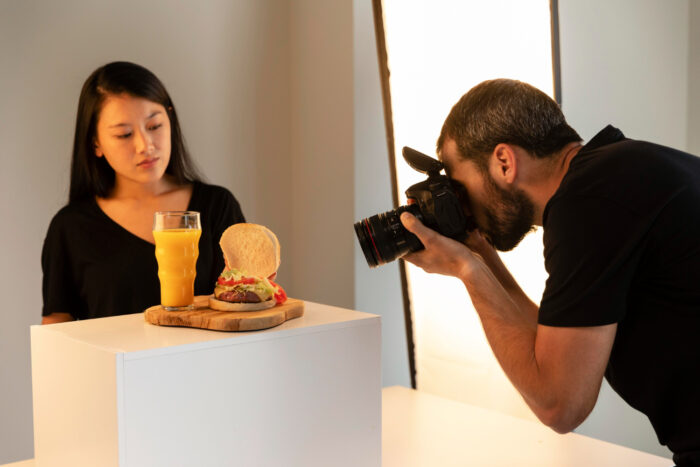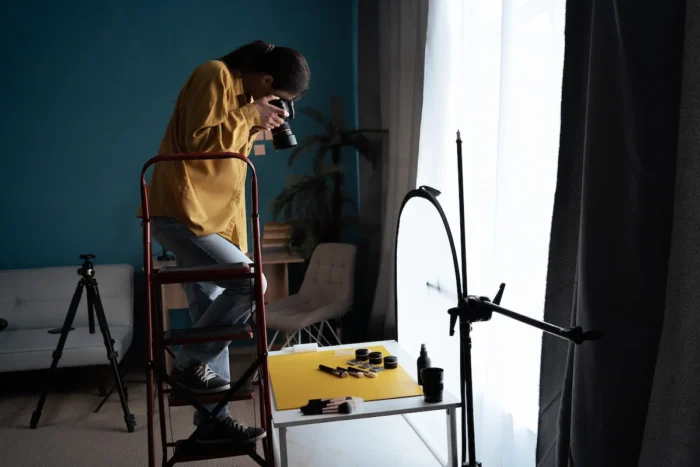
The world of product photography is a fascinating and diverse landscape that plays a critical role in e-commerce and marketing across a wide range of industries. From capturing the sleek design of technology gadgets to emphasizing the functionality of household items, and from tantalizing the senses with food photography to showcasing the precision of medical equipment, product photography is an art form that blends creativity with technical prowess. This article aims to delve deep into the various aspects of product photography, exploring its importance, versatility, and the unique approaches required for different product categories.

1. The Spectrum of Product Photography
Product photography is a field without industry boundaries. It encompasses a wide array of products, each demanding a unique photographic approach. For instance, technology products such as smartphones and laptops require a style that highlights their sleek and modern design. In contrast, household items might need a more homely or functional representation to connect with the audience. Similarly, food photography is all about creating a visual treat that stimulates the viewer’s appetite, while medical product photography needs to emphasize reliability and precision.
2. Lighting: The Heart of Product Photography
Lighting is the cornerstone of product photography. It can dramatically alter the appearance and mood of the product being photographed. Mastering various lighting techniques, whether it’s harnessing the subtlety of natural light or manipulating studio lights, is crucial. For glossy tech gadgets, a photographer might use high-contrast lighting to accentuate their sleekness. In contrast, soft and diffused lighting might be used for food photography to bring out the texture and colors of the dish.

3. Context and Background
The setting in which a product is photographed significantly influences the perception of the product. A minimalist backdrop might be ideal for technology products to keep the focus on the product’s design, while a cozy, lived-in setting could be more suitable for household items, illustrating their place in everyday life. The choice of background in food photography is equally critical, often selected to complement and enhance the dish’s appeal.
4. Detail-Oriented Approach
Attention to detail is paramount in product photography. Capturing the fine details can make a significant difference. For instance, in technology product photography, showcasing the texture and finish is essential. In contrast, medical products require a focus on illustrating quality and precision. For food items, it’s about making each ingredient visually appealing and vibrant.
5. Capturing Products in Use
Showing a product in use can greatly enhance its appeal. This technique is as relevant for a tech gadget, where the focus might be on its user-friendliness, as it is for a kitchen appliance, where practicality is key. For food products, this could involve showing the dish in a serving context, making it more relatable and appealing to the viewer.

6. Balancing Artistic Vision with Commercial Goals
One of the biggest challenges in product photography is balancing artistic vision with commercial objectives. A product photographer must not only create images that are visually appealing but also tailor these images to align with the brand’s ethos and marketing goals. This requires an understanding of the target audience and the unique selling points of the products, ensuring that the images are both artistically satisfying and commercially viable.
7. Post-Production: Refining the Image
Post-production is a crucial phase in product photography. It involves various processes like color correction, retouching, and sometimes even compositional adjustments to ensure that the final images are not just visually appealing but also accurately represent the product. This stage is where the photographer’s vision comes to fruition, adhering to the brand’s visual standards and ensuring consistency across all images.

8. The impact of high-quality product photography
Certainly, the impact of high-quality product photography on online sales is profound and has been quantified through various studies and statistical analyses. According to a study by MDG Advertising, 67% of consumers consider image quality “very important” when making a purchase online. This highlights how crucial visuals are in the decision-making process of consumers. Additionally, a report by Jeff Bullas stated that articles with images get 94% more total views. This statistic, although broader in context, emphasizes the power of visuals in capturing attention, a principle that directly applies to online retail.
Moreover, a survey conducted by BigCommerce revealed that 78% of online shoppers want photographs to bring products to life. This desire for high-quality, lifelike images demonstrates how critical photography is in bridging the gap between the online shopping experience and the physical product. In terms of direct impact on sales, a study by eBay Research Labs found that listings with better photo quality (higher resolution and more appealing lighting) increased sales by 5% on their platform. This might seem like a modest percentage, but in the massive scale of online retail, it translates to significant revenue.
Furthermore, a research by Etsy showed that products with higher quality images are 3.5 times more likely to be sold compared to those with poorer quality images. This reinforces the idea that investing in professional product photography can yield a high return in terms of sales and customer engagement.
These statistics underscore the immense value of professional product photography in online retail. It’s not just about showcasing a product; it’s about creating a visual experience that engages customers, builds trust, and ultimately drives sales. In the competitive landscape of e-commerce, where consumers make snap judgments based on visuals, the importance of investing in high-quality product photography becomes even more paramount. This aspect of digital marketing is crucial for businesses looking to thrive in the digital marketplace, directly affecting their bottom line and brand perception.

The Universal Language of Product Photography
In conclusion, product photography is much more than just taking pictures of items to be sold. It’s a universal language that communicates a product’s quality, functionality, and appeal. Its versatility across various industries makes it an essential element in marketing and e-commerce. As the digital marketplace grows, the role of skilled product photography becomes increasingly significant. Well-executed product photography has the power to elevate the ordinary to the extraordinary, solidifying its place as an indispensable component in the contemporary world of commerce.
Through this exploration, it becomes evident that product photography is not just a mere tool in advertising but a sophisticated and dynamic art form that requires a deep understanding of various elements like lighting, context, and audience perception. It’s a field that constantly evolves, adapting to new trends and technologies, making it an exciting and ever-relevant domain in the world of marketing and e-commerce.











